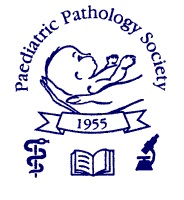
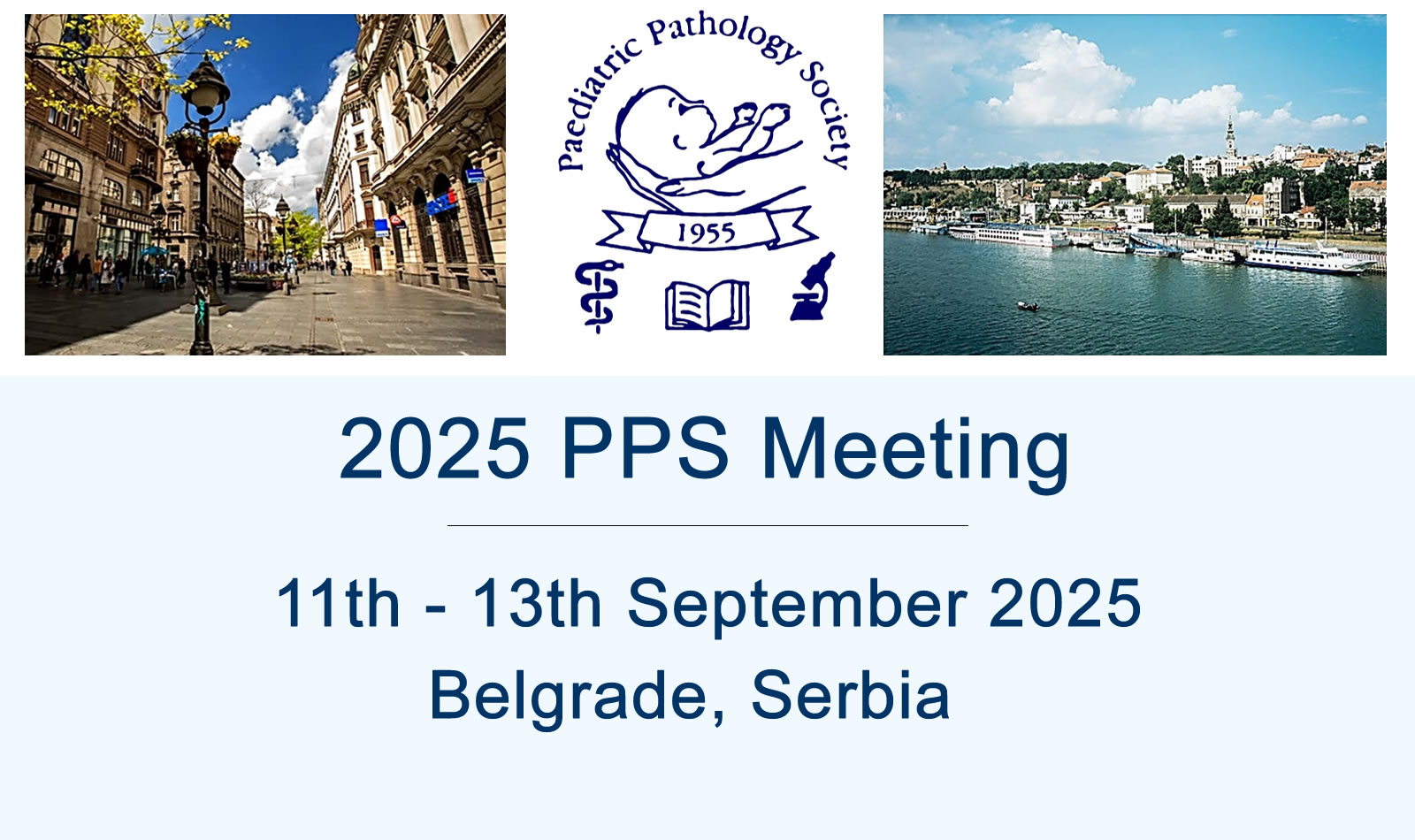
Our next PPS meeting is to be held in Belgrade, Serbia from September 11-13th and we warmly invite you to be part of its promising scientific program to enhance your knowledge and networking.
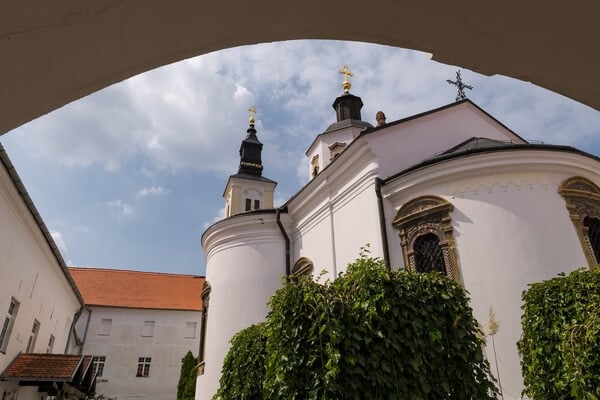
Afternoon round trip north to Belgrade to the beautiful region of Fruska Gora.
1/ Visit of the 16th centuary Krušedol Orthodox Monastery. Founded between 1509 and 1514, it has been described as the "spiritual beacon" of Fruška Gora
2/ Degustation and tour in the one of the famoust region’s wineries “Kovacevic” with its cellars dating back to 1930s. Sparkling wine and very original orange amphora’s wine are particulary tasty.
Pick-up at The Crown Plaza Hotel at 2 o`clock in the Saturday afternoon.
Tourist bus with an expert tourist guide, will take the guests to Krušedol Monastery, arriving approximately in one hour time from the starting point, where they can take their break and enjoy pleasant and uplifting ambiance of one of the most beautiful Monasteries of Fruška Gora.
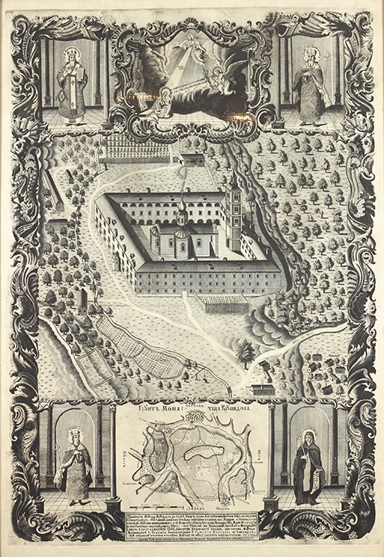
For more details on monastery, please follow the links:
Krušedol https://novisad.travel/en/monasteries-single/m%d0%b0n%d0%b0stir-krusedol/
Fruska gora https://novisad.travel/en/fruska-gora-2/
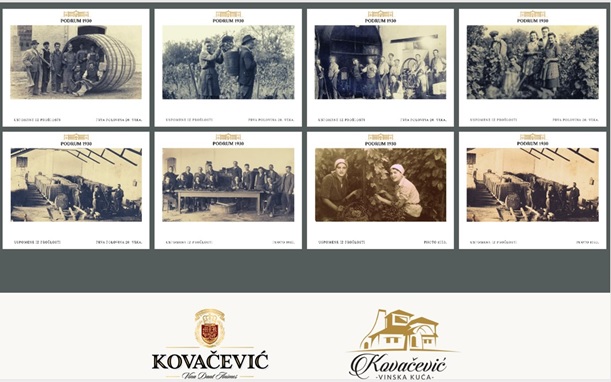
Next, the group will continue further to the Winery Kovacevic where you’ll enjoy tasting of several of their wines and their local delicatessen.
https://vinarijakovacevic.com/en/wine-house/
Drop-off at The Crown Plaza Hotel expected at about 7pm.
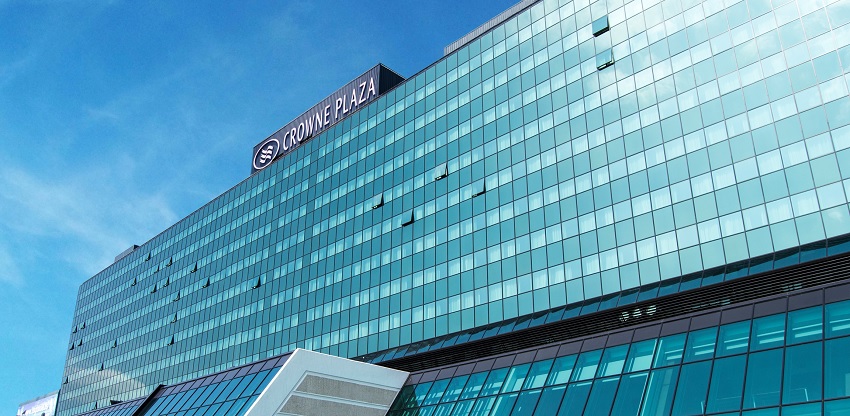
Ideally located in Belgrade`s business district the CrownePlaza Belgrade is a prestigious international brand hotel that dominates the hotel scene of the Serbian capital.Oriented in such a way as to offer a spectacular view ofBelgrade, all 416 rooms of the Crowne Plaza Belgrade Hotelprovide absolute comfort and the highest level of service.

For a more in-depth look at the Crowne Plaza Hotel, please download the presentation below...
Our next PPS meeting is to be held in Belgrade, Serbia from September 11-13th and we warmly invite you to be part of its promising scientific program to enhance your knowledge and networking. For those of you still hesitating to come, we'd like to give you five more reasons to come to Belgrade and visit Serbia.
Belgrade (Beograd, meaning white city) is the capital and the largest city of Serbia. It is located in southeastern Europe, where the Sava and the Danube rivers meet, where the Pannonian Plain looks to the Balkans. Today it is the capital of Serbian culture, education, science and economy. With its 7000 year history, Belgrade is one of the oldest cities in Europe. Since ancient times it has been an intersection of roads to and from Eastern and Western Europe. The area around the two great rivers, the Sava and the Danube, was inhabited as early as the Paleolithic period. Ancient sources provide the oldest known name for Belgrade – Singidunum – and the first written documents date back to the 3rd century BC.
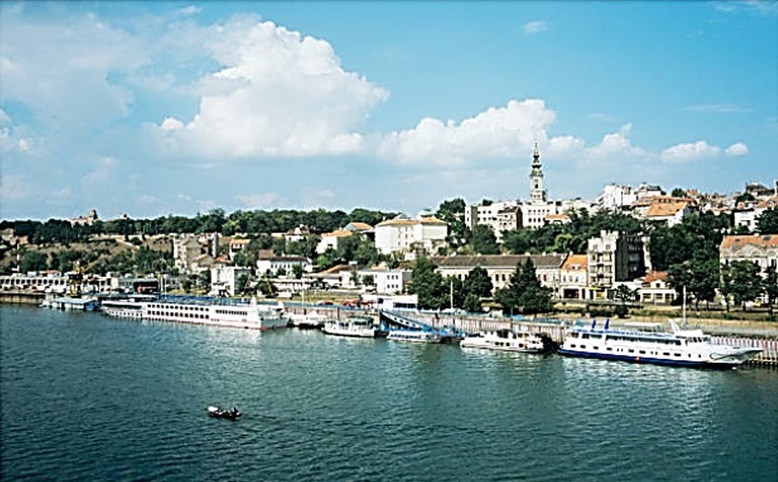
With a present population of 2 million, it offers historical facades and is adorned with painted walls. The city displays buildings designed in various architectural styles, ranging from Ottoman to Art Nouveau. The oldest settlement in Europe, Belgrade cultivates, against all odds, the praise of shadows, the aesthetics of ruins and the cracked facades of Belgrade’s historical sites. Kalemegdan Park, where chess and accordion players provide daily entertainment, St. Sava and St. Mark’s Churches and the Belgrade Fortress, they are not to be missed. Although Belgrade looks like an open-air museum with its architecturally famous brutalist buildings among others, everything modern and lively breathes in the city.
The blend of modernity and timelessness is the charm of Belgrade. You don't "visit" Belgrade: you flee or drown in it. "You shine like an old sword that is being dug up," sang to him from the depths of exile, Milos Crnjanski, perhaps the greatest Serbian writer. "Anyone who was lucky enough to wake up this morning in Belgrade can consider that he has filled this day of his life enough," added Dusko Radovic, one of the Serbian poets in the 1970s. The radio column of the capital's beloved awakener represented the quintessence of the Belgrade spirit: humor, derision and carpe diem. Belgrade is bustling, brash and voluptuous. It gossips in its countless cafés i.e."kafici" overflowing onto the roadways. It lounges on the beaches of the Ada Ciganlija which attracts bathers by the hundreds of thousands during the summer heats. It has fun, young and dazzling, on the "splavovi", the dancing barges that line the banks of the Sava-Danube confluence that encircles the city.
Amid the many modernistic countries of the western world, Serbia remains one of the last European refuges of the past. A small nation located between the West and the East, between Rome and Byzantium, Austria and Turkey, NATO and Russia, it was a regional power in the Middle Ages dealing as equals with the Byzantine Empire and the Latin kings.
At the Battle of the Field of Blackbirds in 1389, the country fell under long Ottoman rule that would not end until the dawn of the 20th century. History was cruel to the Serbian people, who around 1300 rivalled the English in population - and who number only about ten million souls today, a large part of whom are scattered across the four corners of the world.
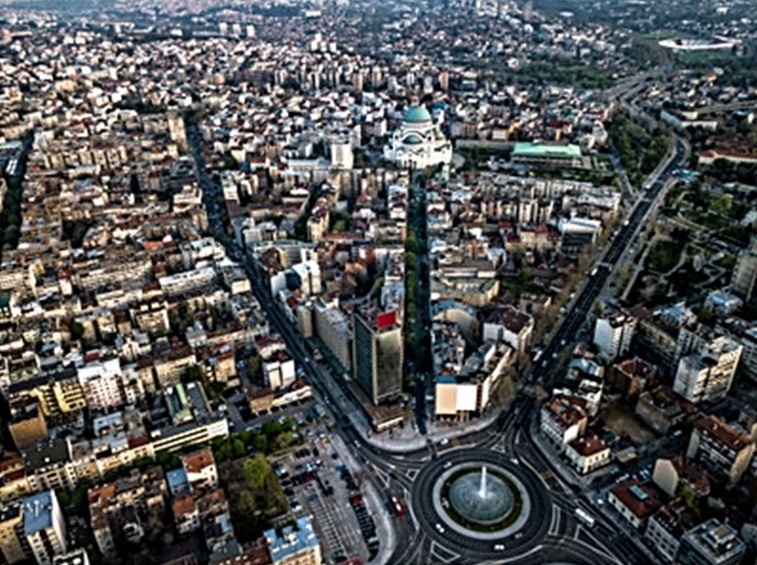
Throughout the 20th century and up until the the 1990s, the Serbs identified their country with that of Yugoslavia. All that remains today is a "Yugo nostalgia", the scent of a land of plenty where indolence rubbed shoulders with repression and where those who searched for the dolce vita knew how to get around shortages with resourceful imagination.
The aftermath of a series of wars that happened in (the former) Yugoslavia are still felt. which it still feels. However, the wounds of history have paradoxical fruits. At once popular and postmodern, battered and highly refined, the country has acquired an irresistible charm that attracts people from all over the world.
Since the takeover of the national airline by Etihad Airways, Belgrade Nikola Tesla airport has become an important hub in southeastern Europe. There are more and more different languages ??and visitors you would not expect: Arab families, but also throngs of young Brits or Scandinavians attracted by the low prices and the rumour of "having a great time" in the cafés and on the barges of Belgrade. Not to mention the Europeans coming to fish or the stars coming to give mega-concerts at the Belgrade Arena, one of the largest venues in Europe.
It is in Lepenski Vir, on the banks of the Danube, that one of the oldest traces of civilization in Europe and in the world is found. Similarly, it is generally unknown that one of the ephemeral capitals of the Roman Empire, Sirmium (Sremska Mitrovica), was located in present-day Serbia. The site includes an imperial palace heated by the ground, a hippodrome and a wine pipeline linking the city to the vineyards of Fruska Gora, 20 km to the north (which we will visit on our Saturday excursion).
Serbia is crisscrossed with holy places. There are some 300 monasteries. In Studenica, Mileseva, Kalenic, Zica, the contemporary frescoes of the early Renaissance are breathtaking. Many of the monasteries are designated as the World Heritage sites by UNESCO.
For their welcome too, falsely gruff and profoundly human. Faced with foreigners, each Serb feels the mission of correcting the execrable image that was attached to his people during the Yugoslav wars. As long as you do not look down on him, he will bend over backwards for you. According to a large study carried out between 2002 and 2015 by Harvard University, Serbia emerged as the least country in Europe affected by racist prejudices. The wave of migrants passes through it without incident and, so to speak, without debate. After what it experienced in the 20th century, the "civilizational" threats that haunt the West seem futile to it. Perceived insecurity is at a tiny level, terrorism non-existent (despite recent wars) and existential anxiety is probably the lowest.
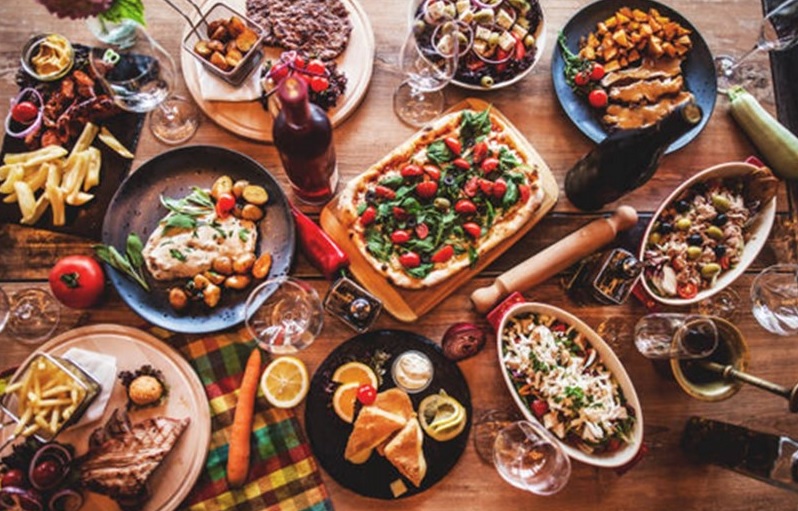
Tomatoes, cucumbers, sweet onions, hot peppers: this is the composition of srpska salata and the basics of a sober diet, based on succulent organic products that do not require sophisticated preparations. For Westerners who discover it for the first time, Serbian gastronomy is like a return to basics. A lean cassoulet, fresh goat's cheese, fried oyster mushrooms, a few grilled “cevapcici”, a roast under the bell, two stuffed peppers, and serbian truffles: the recipes for happiness are often disarmingly simple. But where else will you find such intense and pure tastes? Moreover, Serbia has taken considerable care of its viticulture in recent decades and now offers well-aged wines. The indigenous grape varieties risk permanently impregnating your taste memory. But do not forget that in Serbia wine is above all a thirst-quenching drink.
We really hope you’ve now made up your mind, and are looking forward to seeing you in Belgrade!
Sincerely yours,
Jelena Martinovic, Gordan Vujanic and Slavisa Djuricic
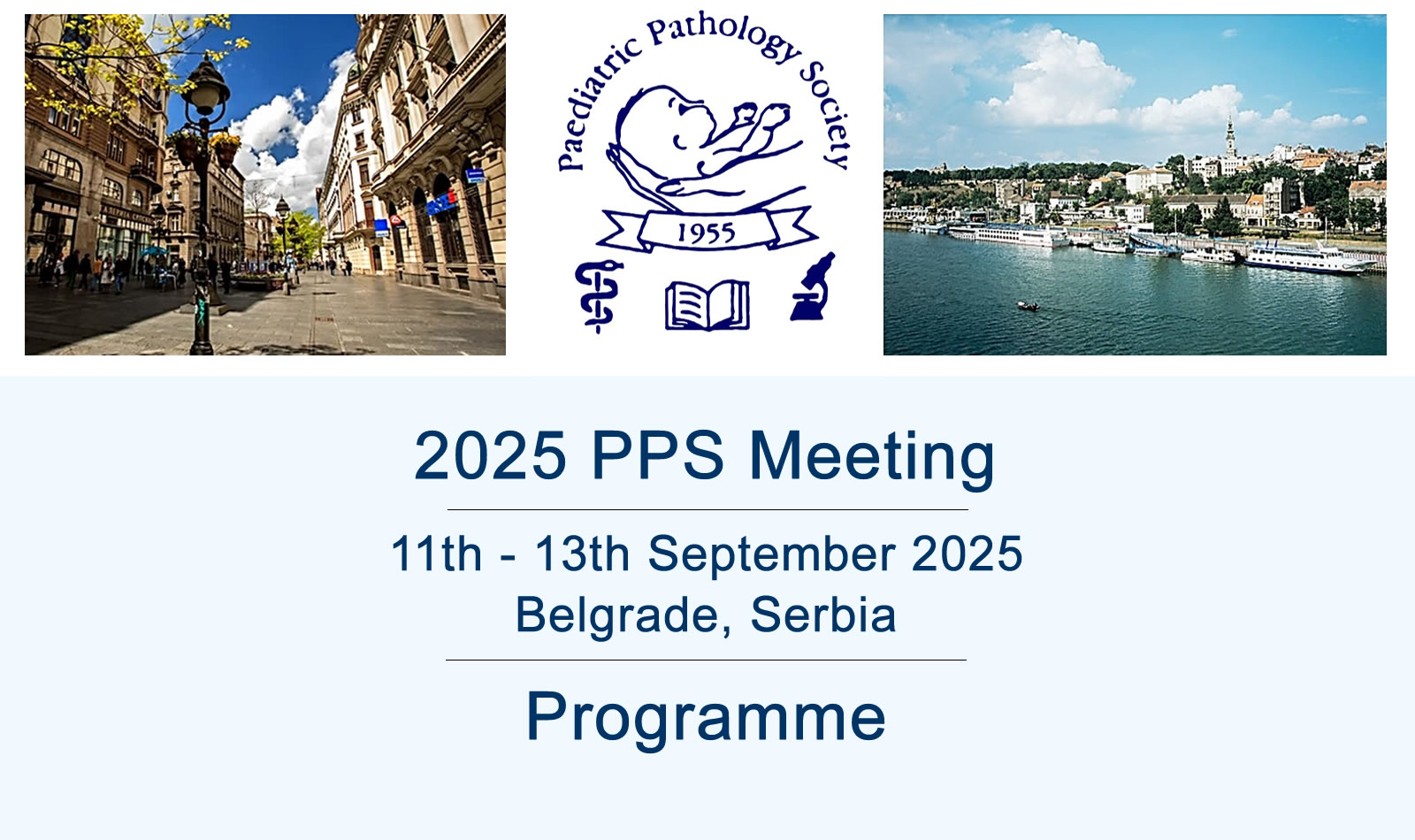
THURSDAY 11TH SEPTEMBER
REGISTRATION FOR THE 2025 MEETING OPENS AT 12.00 UNTIL 14.00 hrs
14.00 - 14.15 hrs: Welcome Introduction to Meeting – Jelena Martinovic & Gordan Vujanic & Slavisa Djuricic
14.15 – 16.15 hrs: Symposium on fetal development - Chaired by Jelena Martinovic
14.15 - 14.45 hrs: Genetic approach to fetal autopsies- Jelena Martinovic
14.45 - 15.15 hrs: Surprising findings at perinatal autopsy and placental examination - Marina KOS
15.15 - 15.45 hrs: Placenta pathology correlating with cerebral lesions - Evelina Silvestri
15.45 – 16.15 hrs: Infection and fetal development – Alfons Nadal
16.15 – 16.45 hrs – Coffee Break
16.45 – 18.15 hrs: Placenta Pathology Part 1 – Chaired by Annette Müller
16.45 – 17.15 hrs: From term born neonates with normal or adverse outcome - Lotte van der Meeren/ Peter Nikkels
17.15 – 17.45 hrs: Neuroplacentology: placental pathology and expression profile - Serap Toru
17.45 – 18.15 hrs: Consequences of maternal pre-diabetes and diabetes - Tamas Marton & Beata Hargitai
Social get together
FRIDAY 12th SEPTEMBER
08.30 – 10.30 hrs: Placenta Pathology Part 2 – Chaired by Jelena Martinovic
08.30 – 09.00 hrs: Human placental cytology – Brendan Fitzgerald
09.00 - 09.30 hrs: Chronic inflammatory conditions of the placenta - Mudhers Al-Adnani
09.30 – 10.00 hrs: Expression profile of placentas in preeclampsia - Sandra Zekic Tomas
10.00 – 10.30 hrs: Chronic intervillositis and its therapy - Lotte van der Meeren
10.30 – 11.00 hrs – Coffee Break
11.00 – 12.00 hrs: Tumor Symposium, part 1 – Chaired by Gordan Vujanic
11.00 – 11.30 hrs: Germline Predisposition to Paediatric Cancer (excluding DICER1) - Maureen O'Sullivan
11.30 – 12.30 hrs: John Emery Memorial Lecture – Marta Cohen – "John Emery: an insight into his life and his research"
12.30 – 14.00 hrs: Lunch Break
14.00 – 16.00 hrs: Tumor Symposium, part 2 – Chaired by Christian Vokuhl
14.00 – 14.30 hrs: Myofibroblastic tumors: what did we learn from molecular characterization. – Rita Alaggio
14.30 – 15.00 hrs: DICER1 syndrome & DICER1 associated lesions - Uta Flucke
15.00 – 15.30 hrs: Pediatric germ cell tumors - Peter Bode
15.30 – 16.00hrs: The paediatric pathologist’s molecular toolbox - Ed Cheesman
16.00 – 16.30 hrs: Coffee Break
16.30 – 17.30 hrs: Meet Two Experts - Pediatric tumors - Gordan Vujanic & Christian Vokuhl
17.45 – 18.45 hrs: AGM Session
20.00 hrs GALA DINNER
SATURDAY 13th SEPTEMBER
09.00 – 10.00 hrs: Tumor Symposium, part 3 – Chaired by Rita Alaggio
09.00 – 09.30 hrs: In-situ Expression of Cancer-Testis (CT) antigens in fetal gonads and placenta - Achim Jungbluth
09.30 – 10.00 hrs: A short review of common childhood tumours of the liver – Jens Stahlschmidt
10.00 – 10.30 hrs: Coffee Break
11.00 – 13.00 hrs: Young Pathologists session - Co-Chaired by Paul Brown
11.00 – 11.08hrs - Rectal biopsy: Ganglion cells present - Paul O’Neill
11.08 – 11.16 hrs - A case of obstipation in a 16 year old - Lidija Andrejevic
11.16 – 11.24 hrs - Subcutaneous nodules in a child - Christine Crause
11.24 – 11.32 hrs - An unusual subcutaneous hamartomatous lesion - Nemanja Mitrovic
11.32 – 11.40 hrs - A Case of Acute Neonatal Respiratory Failure - Dora Hargitai
11.40 – 11.48 hrs - Unexpected findings in a fetus with an oral tumo - Lise Pyndt Jørgensen
11.48 – 11.56 hrs - A case of a mediastinal mass - Vanja Kukic
11.56 – 12.04 hrs - A case of fusion negative rhabdomyosarcoma with extensive cytokeratin expression and parameningeal progression - Raluca Mihai
12.04 – 12.12 hrs - A complex heart - Jaeike W. Faber
12.12 – 12.20 hrs - Congenital Hydrocephalus linked to TRIM71 de novo mutation: treatable or not? - Dr. Ramarokoto
12.20 – 12.28 hrs - An infantile orbital mass - Will Simmons
12.28 – 12.36 hrs - Liver biopsy in a two-year-old with neurological symptoms and non-cirrhotic portal hypertension - Ana Marija Tomic
12.36 – 12.44 hrs - An unusual ovarian mas - Oliver Rupar
12.44 – 12.52 hrs - An unusual skin lesion is an infant - Jacinta Murray